The (almost) A To Z Recent History of Disney
With 'The Lion King' roaring into cinemas this week, the House of Mouse continues its unbridled domination of the box-office.
But has it always been this way for Disney, or is it simply in recent years that it's begun to engulf cinemas and popular culture?
Here's a rundown of Disney's recent history, from A to almost Z (because as much as we want to say 'Zip-a-Dee-Doo-Dah', even Disney don't want to talk about it).
A is for ACQUISITIONS
While you might think of Disney as being the ultimate family-friendly company, it's also a corporate behemoth on a scale beyond reckoning. All told, The Walt Disney Company has swallowed up ABC Studios, National Geographic, UTV Software Communications in India, ESPN, RTL in Germany, a 67% share in streaming company Hulu, Jim Henson Productions, Marvel Entertainment, Lucasfilm and most recently, 20th Century Fox.
B is for BILLIONS
Obviously, with all of these acquisitions, Disney is flush with cash. In 2018 alone, The Walt Disney Company made nearly $10 billion from its studio movies. The real money, however, is in the theme parks and what they call 'Parks, Experiences and Products'. Again, in 2018 alone, this section of Disney made $24 billion. Throw in Consumer Products and Media Networks and in one year, The Walt Disney Company had revenues of $59.434 billion. Since 2010, The Walt Disney Company has had combined revenues of $434 billion. So, yeah, billions.
C is for COPYRIGHT EXTENSION
The Copyright Term Extension Act, or CTEA, or to use its more common name, The Mickey Mouse Protection Act, was a US congressional act that Disney had been pushing since 1990. Essentially, CTEA covered the protection of works entering the public domain. Since Mickey Mouse was created in 1928, under the law prior to CTEA, the character would have become public domain much, much earlier. As it stands, Mickey Mouse will now become public domain in 2024 or sometime after, depending on legal wrangling.
First produced in 1928, Steamboat Willie was not only the first animated cartoon to feature Mickey Mouse but it was also the first animated cartoon to synchronise with sound. Under CTEA, Steamboat Willie remains out of the public domain.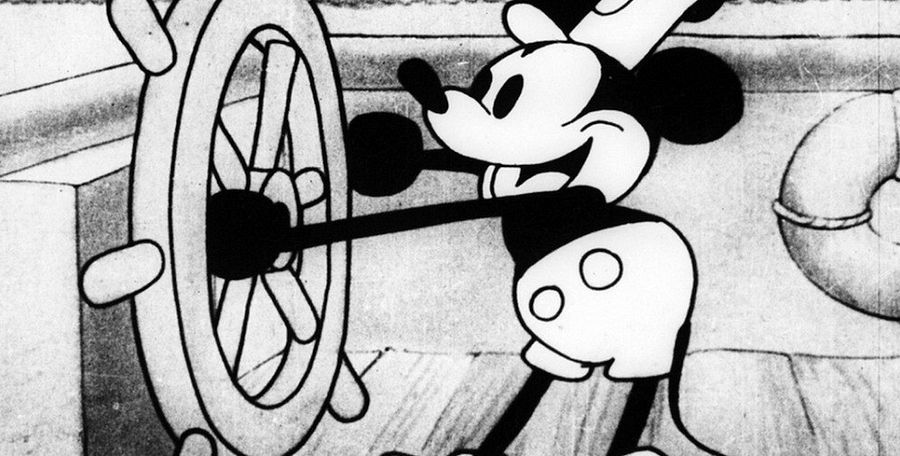
D is for DISNEY+
Disney's answer to Netflix is Disney+. To say that Disney+ is going to redraw the lines in streaming is an understatement. When Disney+ launches in November 2019, it will include the libraries of Disney, Pixar, 20th Century Fox, Marvel, Lucasfilm and create its own original content. To that end, Disney has pulled movies and TV shows under these banners from other streaming services, specifically Netflix. On top of that, the plug was also pulled on anything that Disney has a direct hand in with regards to its intellectual property. The likes of 'Daredevil', 'The Punisher' and 'Jessica Jones' all went bye-bye because of Disney+.
E is for EISNER, MICHAEL
Michael Eisner was the CEO of the Walt Disney Company and held that position from 1984 up to 2015. Prior to that, Eisner was the CEO of Paramount Pictures. In his tenure, the studio produced the likes of 'Raiders Of The Lost Ark', 'Beverly Hills Cop', 'Flashdance' and rebooted 'Star Trek' into a multi-movie franchise. After a tiff with his mentor, Barry Diller, Eisner became the CEO of The Walt Disney Company and began to bolster the company's flagging fortunes. It began with animated movies like 'The Little Mermaid' and 'The Lion King' and spread out to acquiring Miramax from the Weinsteins. Before long, Disney was gobbling up ABC and ESPN and on its way to becoming the corporate behemoth we all know. Eisner left in 2005 and was replaced by Bob Iger. Eisner eventually went on to buy English football club Portsmouth.
F is for FOX
In March of this year, Disney acquired 21st Century Fox after the formal announcement nearly two years prior. Disney swallowed up the movie and TV studio 20th Century Fox, 73% of National Geographic, Star India and a 30% stake in Hulu. All told, the acquisition cost $71 billion, which is a little over a year's revenue for The Walt Disney Company.
G is for GALAXY'S EDGE
Galaxy's Edge is the latest theme area created by Walt Disney Parks, Experiences and Products and is based at Disneyland in Anaheim, California. The theme park was first announced in 2015 and is set to open fully this August. The area consists of several rides, restaurants and shops (naturally), all with a 'Star Wars' setting. For example, 'Smuggler's Run' sees you control the Millennium Falcon - that's Han Solo's ship - with a fully interactive cockpit. Not only that, there's a life-size version of the Millennium Falcon in the area, and you can build your own lightsaber as well. No, it won't cut people's hands off.
One of several concept images made for the area. In total, it is believed that construction cost close to one billion dollars and is spread out over 14 acres of land in Disneyland.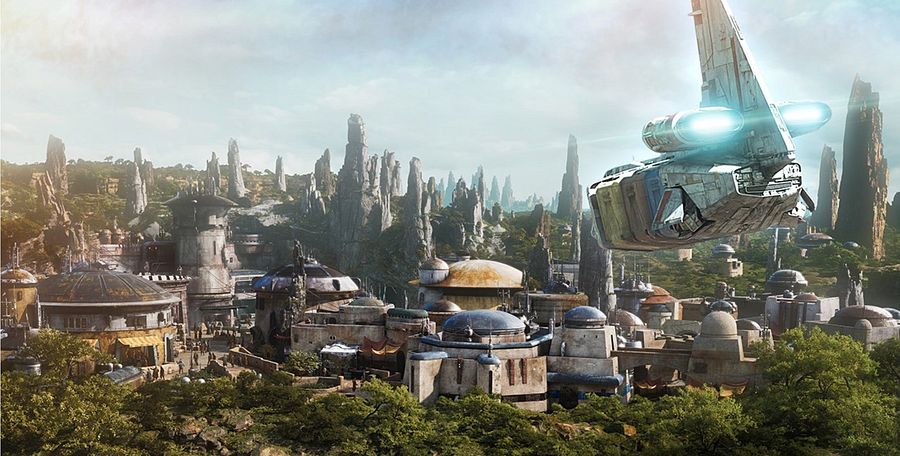
H is for HOLDINGS
As previously mentioned, what made Disney the behemoth it is today is how the company acquired others and increased its holdings. Leaving aside its theme parks, The Walt Disney Company's entertainment holdings include Walt Disney Studios, Disney Music Group, Disney Theatrical Group, Walt Disney Television, Radio Disney, ESPN Inc., National Geographic Partners, Disney Interactive, Disney Consumer Products, Disney India Ltd., The Muppets Studio, Pixar, Marvel Entertainment (that's comics, toys, anything with a Marvel logo that isn't a movie), Marvel Studios, 20th Century Fox, Fox Searchlight Pictures, Blue Sky Studios, UTV Software Communications, Lucasfilm, Hulu, and Disney Digital Network.
They even owned the rights to GMTV at one point.
I is for IGER, BOB
Since Michael Eisner's departure in 2005, Bob Iger took over as the ruler of the Walt Disney Company. Iger was directly responsible for expanding Disney's movie offerings. In 2006, Iger oversaw the purchase of Pixar from Steve Jobs (yes, that Steve Jobs) for $7.4 billion. Three years later, Iger made moves to buy Marvel for $4 billion. Three years after that, Lucasfilm was bought for - you guessed it -$4 billion (well, $4.06 billion). Disney recouped the cost of purchasing Marvel from its box office alone in five years. Iger is set to remain in place as CEO and Chairman of Disney until 2021.
J is for JON FAVREAU
Yes, we're swapping around the names.
It's kind of hard to believe how Jon Favreau has gone from being an indie director who worked on the likes of 'Swingers' with Vince Vaughn and turned up for a couple of episodes of 'Friends' to basically being the linchpin of Disney's movie studio. Favreau directed 'Iron Man' and kickstarted the Marvel Cinematic Universe in the process. From there, Favreau acted as executive producer on the likes of 'The Avengers', 'Avengers: Age of Ultron', 'Avengers: Endgame' and was - alongside Kevin Feige - the overlord of Marvel. Then came the live-action remake of 'The Jungle Book', which made close to $1 billion and led to Disney effectively turning every animated movie they've ever produced into a live-action one. Favreau has directed 'The Lion King' as well.
L is for LUCASFILM
Since Disney purchased Lucasfilm in 2012, the House of Mouse has paid a staggering $4.06 billion for the rights to 'Star Wars', 'Indiana Jones' and their back catalogue. Off the back of the sale of Lucasfilm, George Lucas now has a reported net worth of $5.6 billion. Not million. BILLION.
Bob Iger and George Lucas at the opening ceremony for Star Tours at Disney Hollywood Studios in 2011. George Lucas had a working relationship with Disney theme parks that began in 1986 with Captain EO, a 3D film made by Lucas and Francis Ford Coppola that featured Michael Jackson as an intergalactic pilot and was featured in several Disney theme parks. It has since been discontinued. (Credit: Inside The Magic)
M is for MARVEL
Compared to other acquisitions, Disney's takeover of Marvel has made it the most amount of money. It's easily been their most successful venture of the past two decades. As previously mentioned, Disney paid $4 billion for Marvel in 2009. Deducting this from their accumulated box office - excluding 'Avengers: Endgame' - Disney has made $13,722,805,738 and that's just the box office. That figure doesn't take in licensing and merchandising, toys, or anything else outside of box office alone. That's thirteen billion, seven hundred and twenty-two million, eight hundred and five thousand, seven hundred and thirty-eight dollars.
On top of all that, Disney also now controls Marvel Comics, which means the entire catalogue of characters - excluding the ones owned by Sony Entertainment - are now under their control. That means the most obscure stuff - like, say 'Howard The Duck' - is now theirs to do with however they please. Speaking of 'Howard The Duck', he turned up in a post-credits scene for 'Guardians of the Galaxy Vol.2'.
O is for OSCARS
Walt Disney won 22 Oscars - making him the record-holder for most Oscars in the Academy's history. He also won the most amount of Oscars in a single year and received the most amount of nominations in that same year of 1954. For nominations, he received a total of 59 - which, again, is the highest received by a single person. The next closest is composer John Williams, who has been nominated 51 times. All told, the Walt Disney Company has won - wait for it - EIGHTY-FIVE Oscars. Ireland as a nation has only won 10 Oscars.
Owing to the success of Snow White And The Seven Dwarfs, the Academy authorised a special Oscar statuette to be created to honour the work of Walt Disney. (Credit: Loren Javier)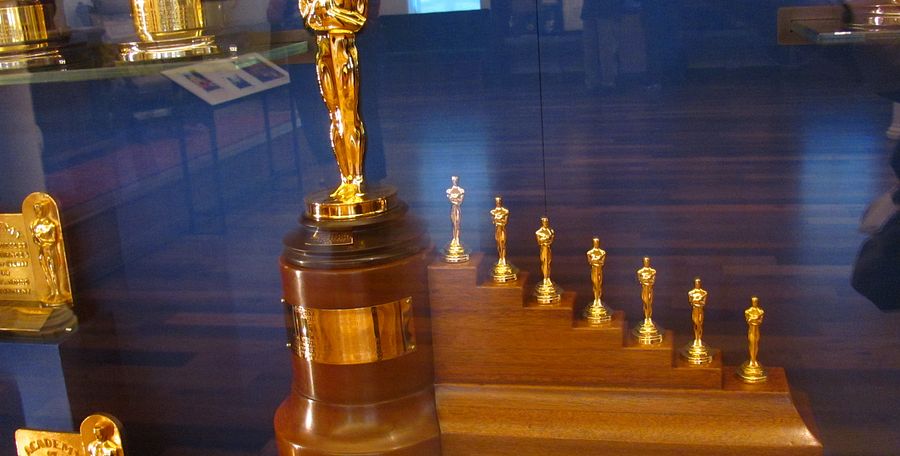
P is for PIXAR
Pixar, believe it or not, actually began as part of Lucasfilm and, like Lucasfilm, was bought by Disney. It began in the '70s as part of the Graphics Group of Lucasfilm. From there, it began working with Industrial Light & Magic on the likes of 'Star Trek II: The Wrath of Khan' but came into its own in 1986 when it spun off as a separate entity bankrolled by none other than Steve Jobs of Apple. To date, Pixar has produced 21 feature-length movies, beginning with 'Toy Story' in 1995. All told, Pixar films have made approximately $13 billion at the box office and collected a total of 19 Oscars.
The front gate of Pixar Animation Studios in Emeryville, California. Pixar has been in existence, in one form or another, since 1979, but was officially dubbed Pixar in 1986. (Credit: Jon Evans)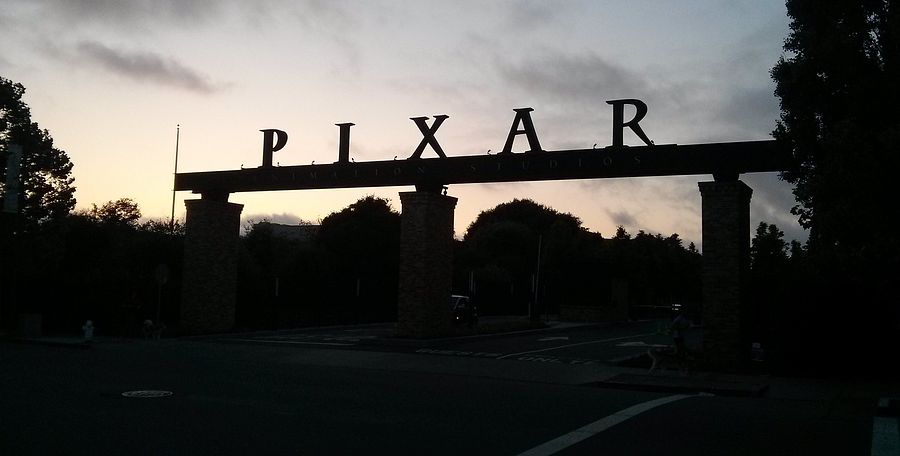
R is for REVENUE
As you've no doubt figured out from this feature, Disney has made an insane amount of money. In 2018, The Walt Disney Company had revenue of $161,643,835 per day. That's $161.6 million. Once a day, every day. For 365 days. That's $59 billion in one year. Compare that to twenty years ago, when The Walt Disney Company made $22 billion, and in 1991 when they made $6.1 billion. From 1991 to 2018, that's an increase in revenue of 883.3%. If we had a graph, the red line would literally break through and go into another graph and keep going.
S is for STREAMING
As we previously discussed, Disney is jumping head-first into the world of streaming. Disney+, which is set to launch in November of this year, will feature original television series, movies and their entire back catalogue. To make it even more exclusive, Disney have also pulled their movies from every other streaming service, including, and especially, Netflix. The first original series for Disney+ set to launch with the service is 'The Mandalorian', which will see Pedro Pascal play an unnamed bounty hunter who's navigating the chaos of the galaxy post-'Return of the Jedi' and the fall of the Empire. There's also 'Falcon and the Winter Soldier', 'Loki', 'Wanda/Vision', and plenty more coming down the line. All of that, plus nearly every Disney movie made.
T is for TOUCHSTONE
Remember Touchstone? They were actually owned by Disney. Touchstone was Disney's way of releasing movies that were, in a nutshell, outside of what people expected from the House of Mouse. M. Night Shyamalan's 'Signs', Michael Bay's 'Armageddon', Robert Zemeckis' 'Who Framed Roger Rabbit?', 'Con Air', 'Good Morning Vietnam' - all were Disney movies under a different banner. One of the central people responsible for Touchstone's success was Jerry Bruckheimer, who was behind 'Con Air' and 'Armageddon', as well as 'Coyote Ugly' and 'Gone in 60 Seconds'. Since the early part of this decade, Touchstone has laid dormant and only been involved with movies from a distribution angle. Whether Disney decides to start Touchstone back up again is anyone's guess, but they certainly don't need the money.
The well-known logo for Touchstone Pictures that preceded each of their movies.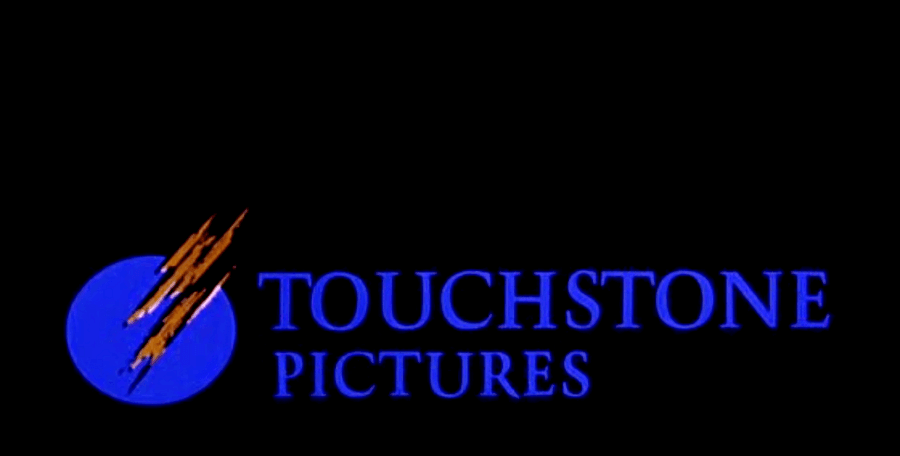
U is for UNIVERSAL
As much as Disney is buying up properties left and right, it's not exactly a recent move. In 2002, Disney tried to buy Universal Studios from its parent company, Vivendi. The deal didn't go through, primarily because Disney believed that it wouldn't make it past anti-trust violations. The history between Universal and Disney, however, goes a lot deeper. One of Walt Disney's first creations was a character called Oswald Rabbit, which he created with Ub Iwerks. In the '20s, Disney and Iwerks were hired by Universal to create a cartoon character that bore a distinct resemblance to what would become known as Mickey Mouse.
After a contractual dispute saw Universal retain ownership of Oswald Rabbit, Disney and Iwerks created Mickey Mouse and retained ownership over the character. Oswald Rabbit appeared in cartoons for Universal through the '20s and '30s and was even voiced by Mickey Rooney at one point. However, in 2006, Oswald Rabbit was eventually returned to Disney after Bob Iger negotiated a deal with Universal, exchanging the rights to Oswald Rabbit for releasing sports broadcast Al Michaels from his contract at ESPN, which the Walt Disney Company owns.
If you enjoyed this feature, you might also enjoy...
The A to Z Guide to the Marvel Cinematic Universe
The A to Z Guide to 'Game of Thrones'
The A to Z Guide to 'Star Wars'

